Why Do Bats Choose Attics for Roosting in Michigan
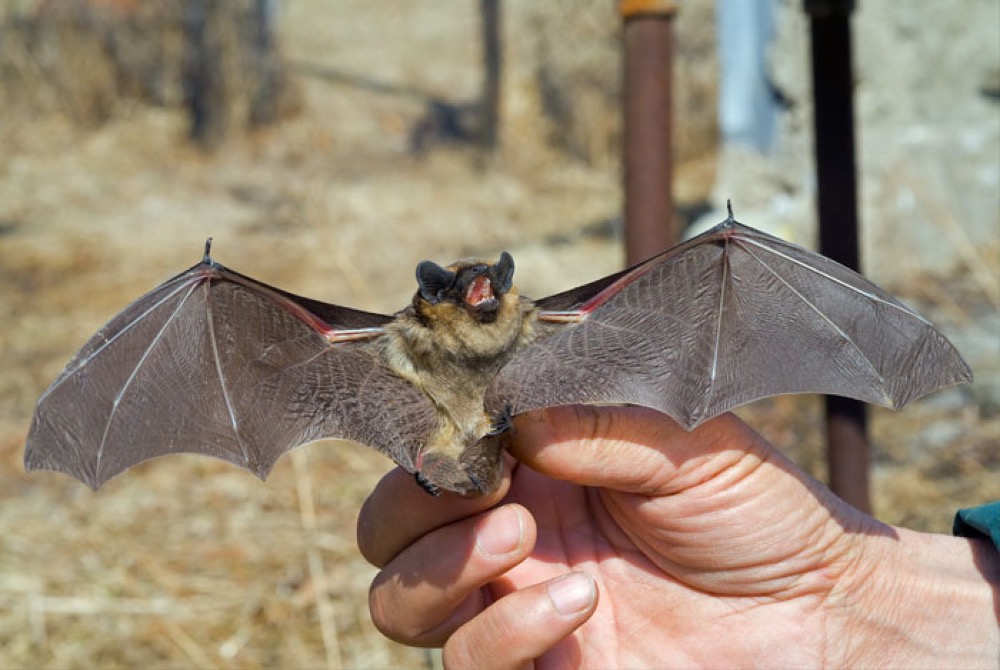
Understanding why bats choose attics for roosting in Michigan is essential for homeowners looking to prevent infestations and protect their homes. Bats are fascinating creatures that play a vital role in our ecosystem, but their presence in attics can lead to health hazards and structural damage. Here, we explore the reasons why bats are attracted to attics and what you can do to prevent them from taking up residence in your home.
Why Bats Choose Attics
Bats are constantly seeking safe and suitable roosting sites to rest, raise their young, and hibernate. Attics provide an ideal environment for several reasons:
Warmth and Shelter
Attics offer a warm and sheltered environment that protects bats from predators and harsh weather conditions. The insulation in attics helps maintain a stable temperature, making it an attractive roosting site, especially during colder months.
Seclusion and Safety
Bats prefer dark, quiet, and undisturbed areas for roosting. Attics provide the seclusion and safety they need to rest during the day and raise their young without being disturbed by human activity.
Abundant Food Sources
Bats feed on insects, and homes with attics often have easy access to abundant food sources. Gardens, lawns, and nearby water sources can attract insects, providing a steady food supply for bats.
Signs of Bats in Your Attic
Recognizing the signs of a bat infestation is crucial for addressing the issue promptly. Here are some indicators that bats may be roosting in your attic:
Visual Cues
One of the most obvious signs is seeing bats flying in and out of your attic, particularly around dusk or dawn. Additionally, you may spot them roosting in corners or crevices within the attic space.
Another visual cue is the accumulation of bat droppings, also known as guano. Bat guano typically appears as small, dark pellets scattered on surfaces or piled up in specific areas. The presence of guano not only confirms the existence of bats but also indicates the size of the colony and the duration of their stay.
Staining on walls or ceilings can also be a telltale sign of a bat infestation. Bats often leave oily stains or streaks where they frequently enter and exit the attic or where they roost. These stains can be difficult to remove and may require professional cleaning.
Additional Information:
- Look for scratches or gnaw marks on wooden beams or surfaces, which can indicate bat activity.
- Inspect for torn insulation or nesting materials, as bats may use these for roosting.
- Check for bat skeletons or carcasses, which can signify a long-standing infestation.
- Be aware that some bat species may leave a strong, musky odor in the attic.
Auditory Cues
Bats are not typically noisy creatures, but their presence can sometimes be detected through auditory cues. If you hear scratching, squeaking, or fluttering sounds coming from your attic, especially at night, it could be an indication of bat activity.
During the breeding season, which varies depending on the species, you may also hear the high-pitched vocalizations of baby bats, known as pups. These sounds can be faint but can help you identify the presence of a maternity colony.
Additional Information:
- Listen for chirping or clicking noises, which can indicate communication between bats.
- Pay attention to any sounds that seem to be coming from the attic during the daytime, as bats are typically active at night.
- Be aware that some bat species are more vocal than others, so the absence of auditory cues does not necessarily mean there is no infestation.
Odors
Bat infestations can also be accompanied by unpleasant odors. The accumulation of guano and urine can produce a strong, musty, and ammonia-like smell that permeates the attic and potentially other areas of your home.
If you notice a persistent, foul odor emanating from your attic, it could be a sign of a significant bat infestation that requires immediate attention.
Additional Information:
- The odor may be more noticeable during warmer months when the guano and urine decompose faster.
- Larger bat colonies tend to produce stronger and more pungent odors.
- Odors can also indicate the presence of dead bats or other wildlife in the attic.
- Persistent odors can be a sign of a long-standing infestation that may require extensive cleaning and decontamination.
Preventing Bats from Entering Your Attic
Preventing bats from entering your attic is essential for avoiding the risks associated with infestations. Here are some steps you can take to bat-proof your home:
Seal Entry Points
Inspect your home for potential entry points, such as gaps around vents, chimneys, eaves, and roof lines. Use materials like caulk, expandable foam, or wire mesh to seal these openings and prevent bats from gaining access.
Install Chimney Caps and Vent Covers
Install chimney caps and vent covers to block access to these common entry points. Make sure these covers are securely fastened and made of durable materials.
Maintain Your Home
Regularly inspect and maintain your home's exterior to ensure that there are no gaps or damage that could provide entry points for bats. Repair any damaged soffit boards, fascia boards, or roof tiles promptly.
When to Seek Professional Assistance
If you suspect a bat infestation in your attic, it's advisable to seek professional assistance from a reputable wildlife control company. Attempting to remove bats on your own can be dangerous, as bats can carry diseases like rabies, and improper handling can lead to potential health risks.
Professional wildlife control experts have the knowledge, equipment, and experience to safely and humanely remove bats from your attic while adhering to local regulations and best practices. They can also provide guidance on sealing entry points and implementing preventive measures to discourage future infestations.
By understanding why bats choose attics for roosting and taking proactive steps to prevent their entry, you can protect your home and family from the risks associated with bat infestations.
If you're dealing with a bat infestation in your attic or have concerns about potential infestations, don't hesitate to contact a professional wildlife control service like Ancon Wildlife Services in Southern Michigan. We have the expertise and resources to handle the situation safely and effectively. Contact us at 248-930-1882.
‹ Back

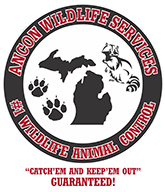


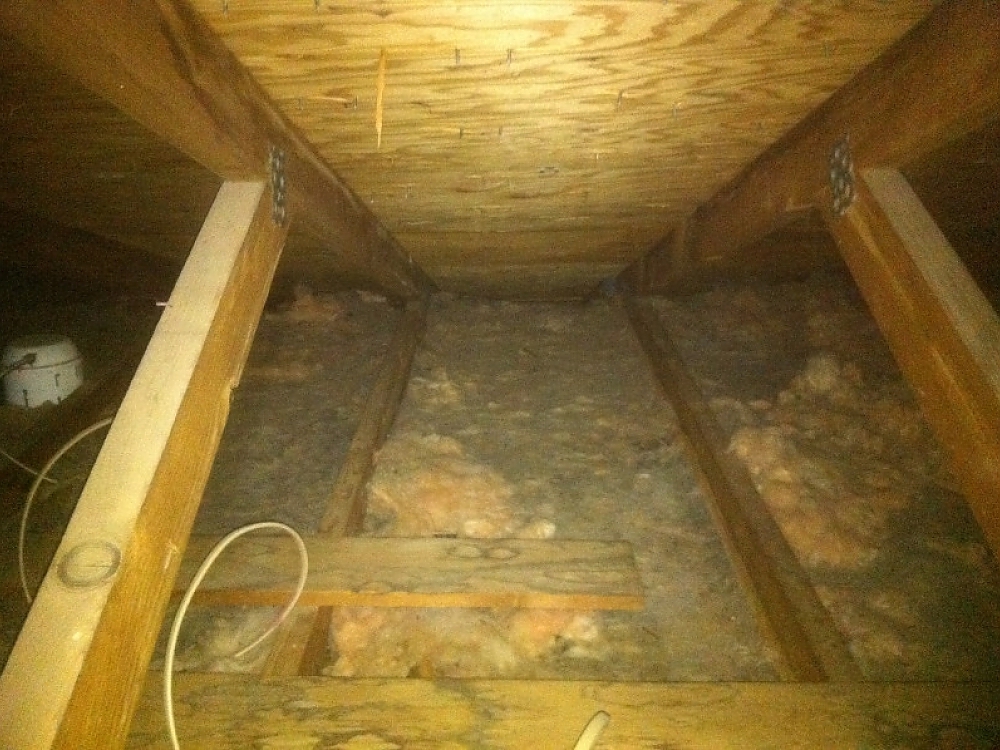
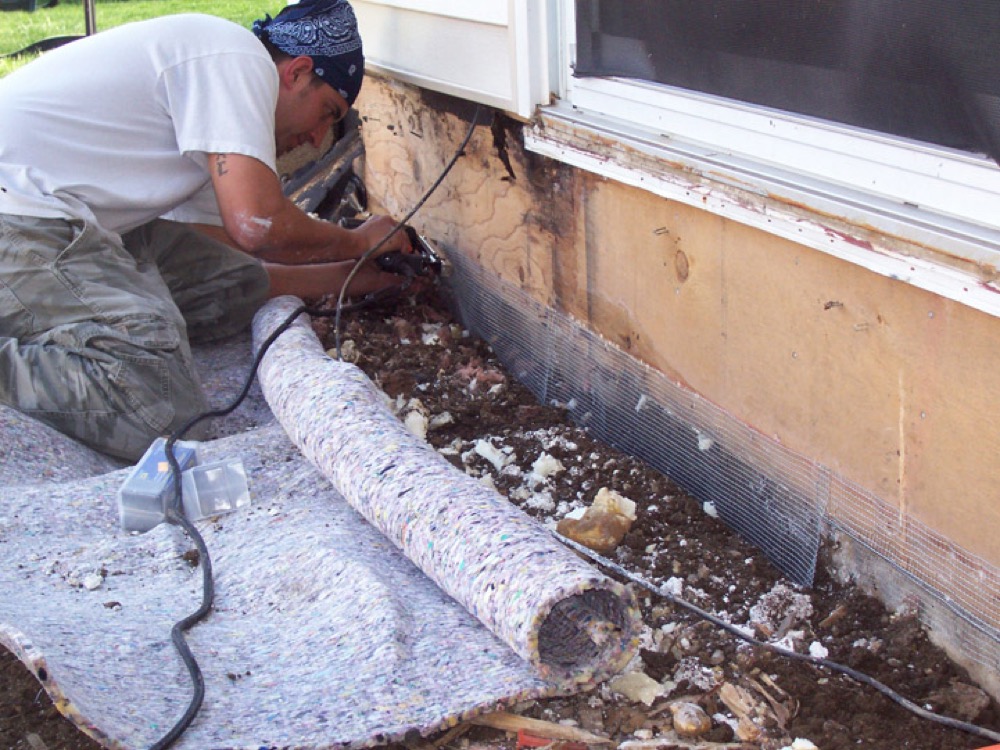
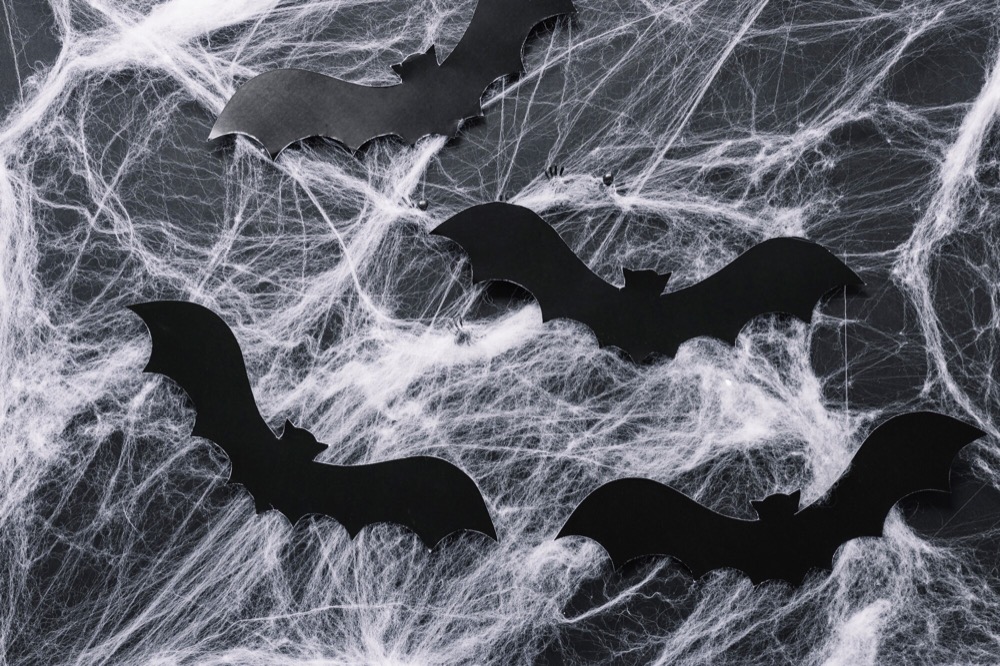




.png) Twitter
Twitter